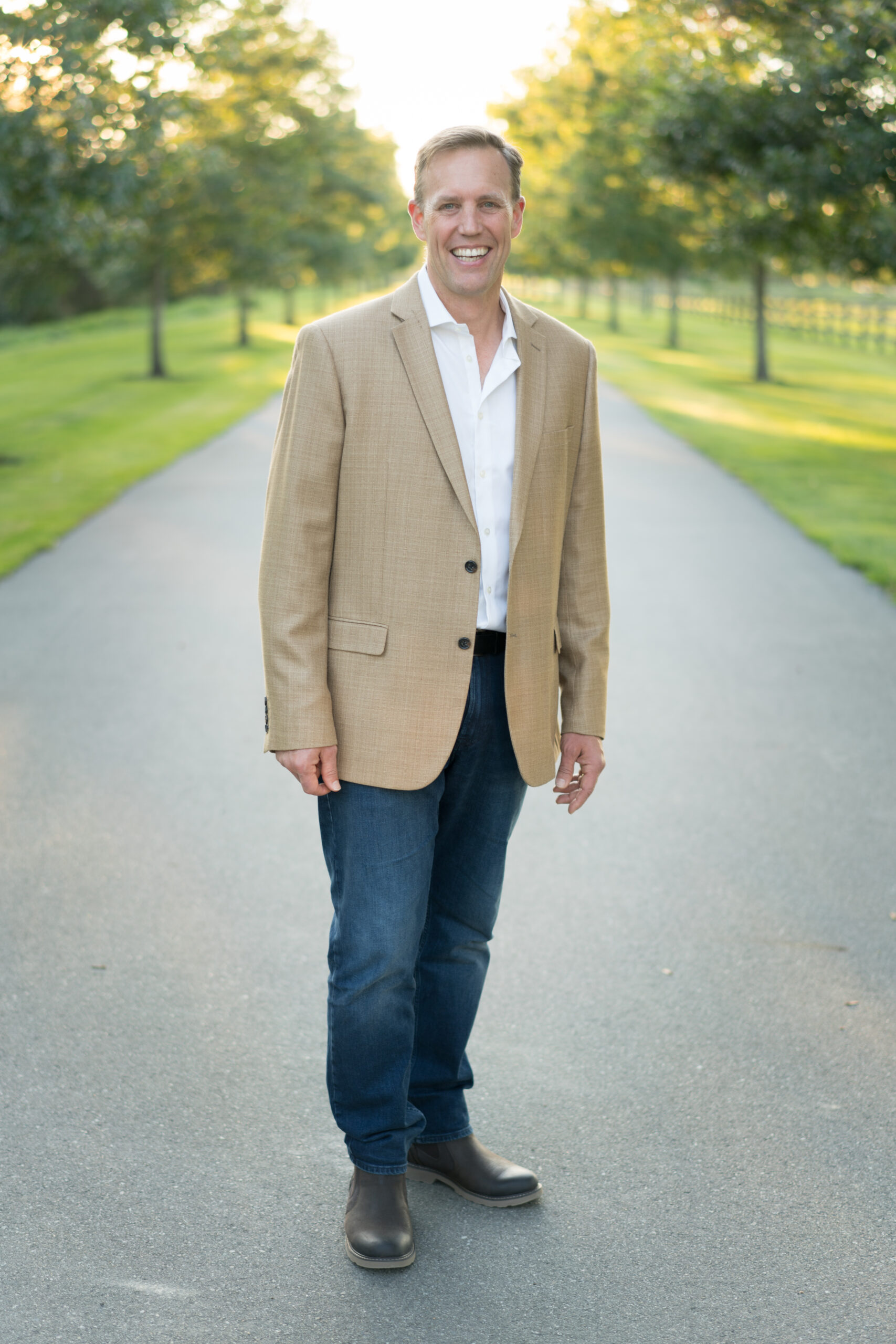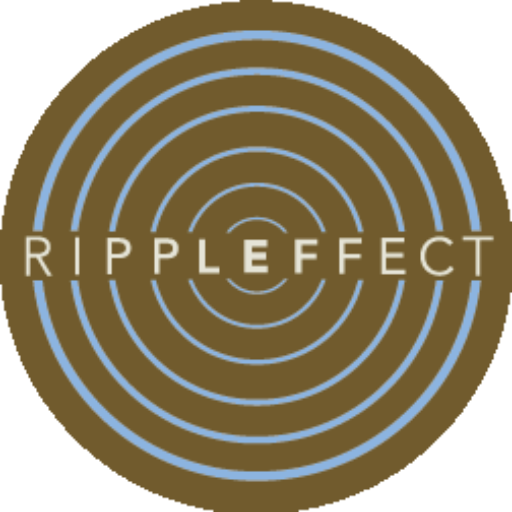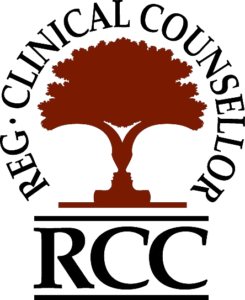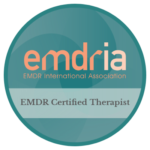Accelerated Experiential Dynamic Psychotherapy (AEDP), is an approach that gives patients corrective emotional and relational experiences that mobilize changes in the brain – American Psychological Association (APA)
Accelerated Experiential Dynamic Psychotherapy (AEDP) focuses on bringing about healing by exploring difficult experiences that have had a profound relational or emotional effect on a client’s life experience. The goal of AEDP is to help individuals tap into inner resources for healing and confront and deal with emotional traumas instead of resorting to defensive tactics. It allows individuals to see their own internal coping skills that were previously hidden and to awaken those inner strengths as a natural response to life’s circumstances.
Developed by Dr. Diana Fosha, the author of the The Transforming Power of Affect and editor of Undoing Aloneness and the Transformation of Suffering Into Flourishing: AEDP 2.0, AEDP (Accelerated Experiential Dynamic Psychotherapy) is an ever-emergent model, ever-growing through the ongoing contributions of the AEDP faculty and the members of the AEDP community.
Crisis and suffering provide opportunities to awaken extraordinary capacities that otherwise might lie dormant, unknown and untapped. AEDP is about experientially making the most of these opportunities for both healing and transformation. Key to its therapeutic action is the undoing of aloneness and thus, the co-creation of a therapeutic relationship experienced as both safe haven and secure base. Once that’s established, we work with emotional experience, working experientially toward healing trauma and suffering, and toward expanding emergent positive transformational experiences.
Empirical Support
AEDP has empirical support for its effectiveness for a variety of psychological issues and problems including depression, general psychological distress, interpersonal problems, negative thoughts, and emotion dysregulation. It enhances positive psychological functioning such as self-esteem, self-compassion, and wellbeing. Please go here for a list of AEDP Research Publications.
Our Mission
The AEDP Institute is devoted to providing a forum for an emergent community of clinicians. We seek to co-create environments — clinical, intellectual, collegial — of shared values. We seek ours to be a community of co-created safety and security from which the boundless exploration that is our aim can take place.
There is no better way to capture the ethos of AEDP than to say this: we try to help our patients—and ourselves—become stronger at the broken places. By working with trauma, loss, and the painful consequences of the limitations of human relatedness, we discover places that have always been strong, places that were never broken.
How AEDP Works
AEDP seeks to clinically make neuroplasticity happen. Championing our innate healing capacities, AEDP has roots in and resonances with many disciplines — among them interpersonal neurobiology, attachment theory, emotion theory and affective neuroscience, body-focused approaches, and last but not least, transformational studies.
Through undoing of aloneness, and through the in-depth processing of difficult emotional and relational experiences, as well as new transformational experiences, the AEDP clinician fosters the emergence of new and healing experiences for the client, and with them resources, resilience and a renewed zest for life.
As a certified AEDP therapist, I seek to develop a secure base for clients so that they can work through their overwhelming experiences towards a place of connection, hope and transformation. AEDP is one of the most rigorous psychotherapy certification programs in the world and therapists invest years of advanced post-graduate education and supervision to develop an embodied stance to support effective and sustainable change in clients. You can learn more about AEDP by clicking here: www.aedpinstitute.org






